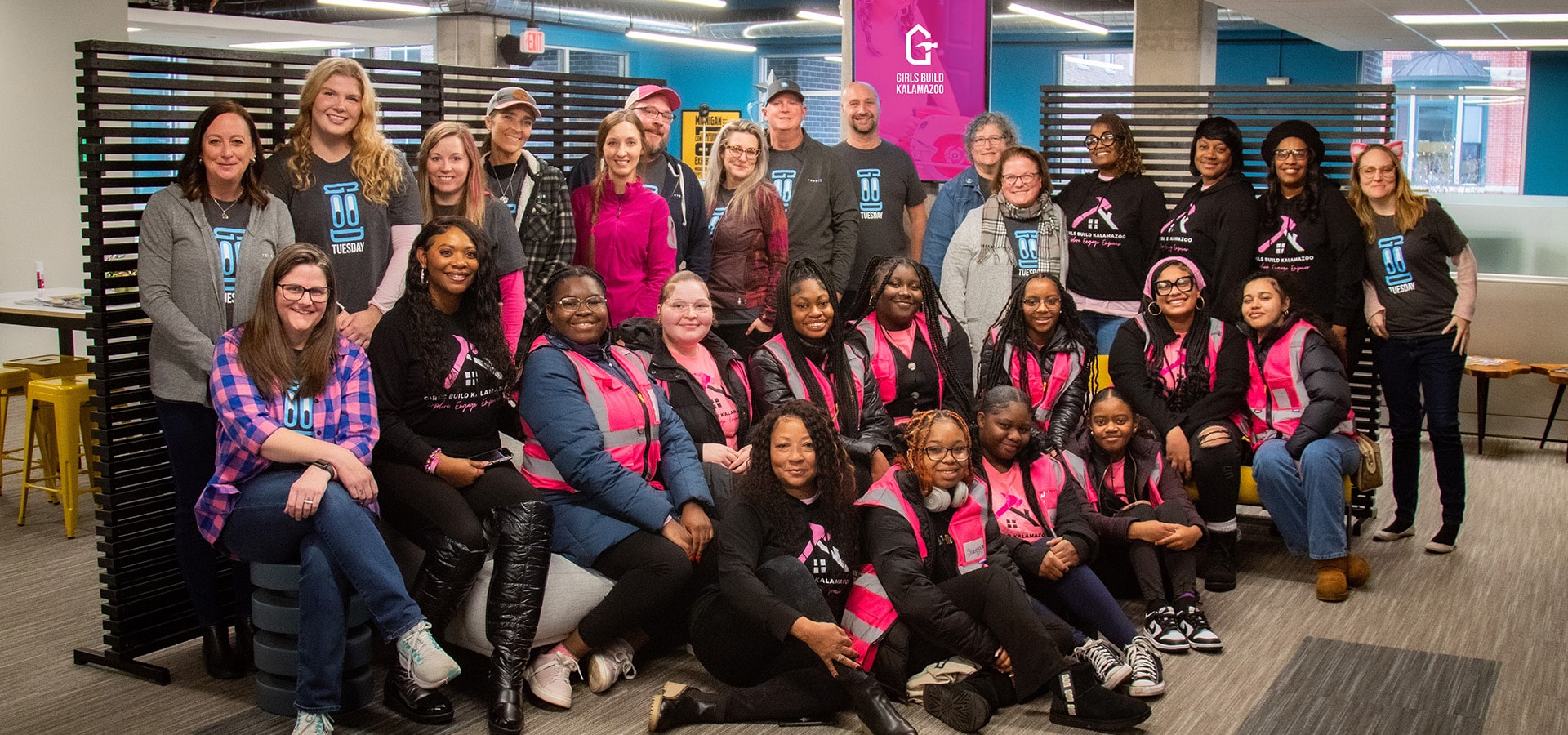The latest craze in marketing has been buzzword-ified “omni-marketing.” Sounds fancy, doesn’t it? Really, omni-marketing is being everywhere your target audience is. And I literally mean everywhere.
Time to learn what goes into effective omni-marketing. #Knowledge
1. What’s Omni-marketing?
Omni means “all” or “universal”; in this context, it means having marketing materials everywhere your audience members go, both online and offline.
Today’s consumer is different from any previous generation. People glide seamlessly from site to site, app to app, device to device, all while interacting with tactile advertising pieces. It’s weird, I know. Omni-marketing is the philosophy of integrating your marketing across all the platforms a particular target audience uses and generating content specifically for them.
But first, you have to …
2. Research Your Audience
The key to nailing this type of marketing is having a really strong sense of your audience. Between traditional and digital marketing, there are too many outlets to realistically hit them all.
This means you’re going to have to do some digging. Look at your sales data, see who is buying your product, and then talk with those people. Ask your consumers where they go online and how they’d like to interact with you. See how companies marketing to the same audience position their brand.
After you feel good about your background information, you can start to compile the specific target audiences you want to reach. Even if your product/service is generic enough to be used by anyone, it’s important to gear your messaging in one specific direction.
Take Domino’s Pizza for example. They have a product with no defined target audience. Who doesn’t like pizza, right? Instead of creating a generic message that works for everyone, they narrowed in on a few different target audiences, like millennials and sports fans.
Once you have your target audience(s) nailed down, you need to …
3. Identify Consumer Journey
Each demographic has their own way of interacting with brands. While a teenage girl might get home and check Facebook, her father might come home and pick up Rolling Stone magazine. Tracking your consumer’s journey across media outlets allows you to position your messages strategically.
It can also save you money. Guessing where your audience might leave you devoting resources to avenues that won’t have any effect. In fact, placing a message in the wrong spot can hurt your brand. I don’t know about you, but I get annoyed when I constantly see ads for something I’ll never buy. I’m a man in my 20s – I don’t need industrial strength dentures!
Using research and interviews with your customer base, create a character for your audience and walk through a typical day. For example: on the way to work, Stacey drives by 10 billboards. She is also listens to Spotify and hears approximately 15 ads a day on that platform. She checks Facebook 7 times a day, and Instagram 12. At night, she prefers shows like Pretty Little Liars, but she usually checks out Hulu to watch reruns of old shows. After surfing Pinterest for 2 hours, she reads celebrity news on her tablet for roughly 35 minutes before going to bed.
Once this journey is mapped out, the next step is to …
4. Craft your story
Audiences, especially younger audiences, want tailor-made messages. People connect with brands on a deeper level when they feel they are being spoken to as a person, not an anonymous consumer.
The first step is to develop your story. What do you want to say to people? What makes you different from your competitors? What action do you want your audience to take when they see your messaging? These are all vital questions to ask yourself when building a campaign.
Your next step is craft that story to fit the medium and the audience you are trying to hit. Your story doesn’t have to be long. Simple messages can portray complex and detailed stories for your audience.
Take this instance: an outerwear company selling to 30-somethings creates a Facebook ad with a picture of a couple climbing a mountain that reads “Explore Everywhere.” This simple graphic creates the connection for the viewer between the company’s product and the lifestyle their audience wants to live.
Now you’re probably asking yourself …
5. Is this worth the effort?
The simple answer: yes. Let’s break down the numbers.
- 48% of consumers think companies need to coordinate their online/offline efforts better.
- Brands employing omni-marketing increased conversions by 70%.
- These same brands saw cost to gain customers decrease by 50%.
Big result numbers won’t be achieved instantly. They’re earned by tracking your progress and tweaking your approach based on real data. The great part about many modern advertising outlets is they have readily available analytics. In some cases, you even have the option to test multiple messages to see which one performs better.
Refining what works while trimming out what doesn’t will result in your audience being driven to your brand and products.
“Wow, that was a lot of super smart info all at once,” you thought to yourself.
“I know,” I just replied. It is a lot of info. Not to worry, we’re here to help you sort it all out. Give us a call to talk about your marketing.










